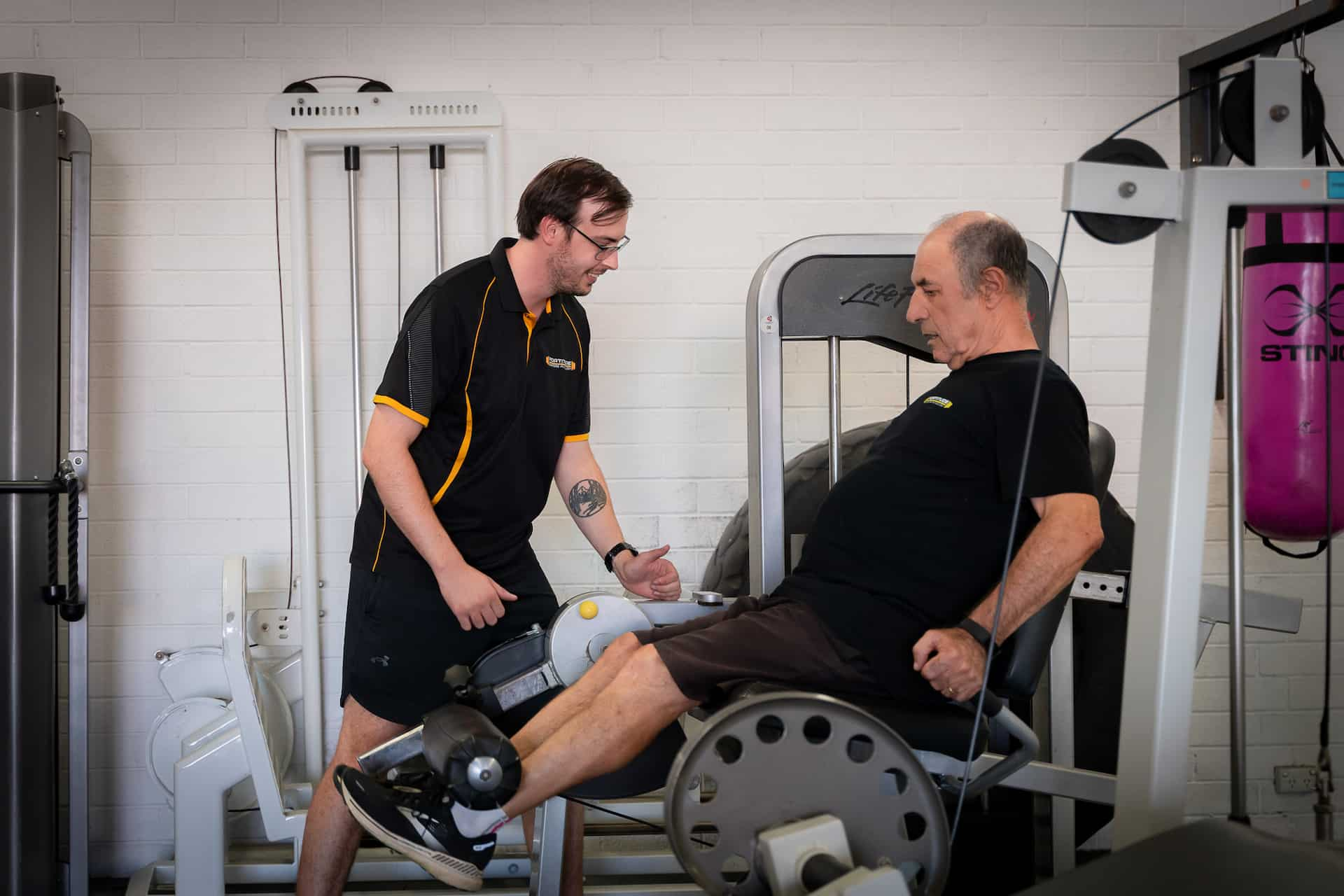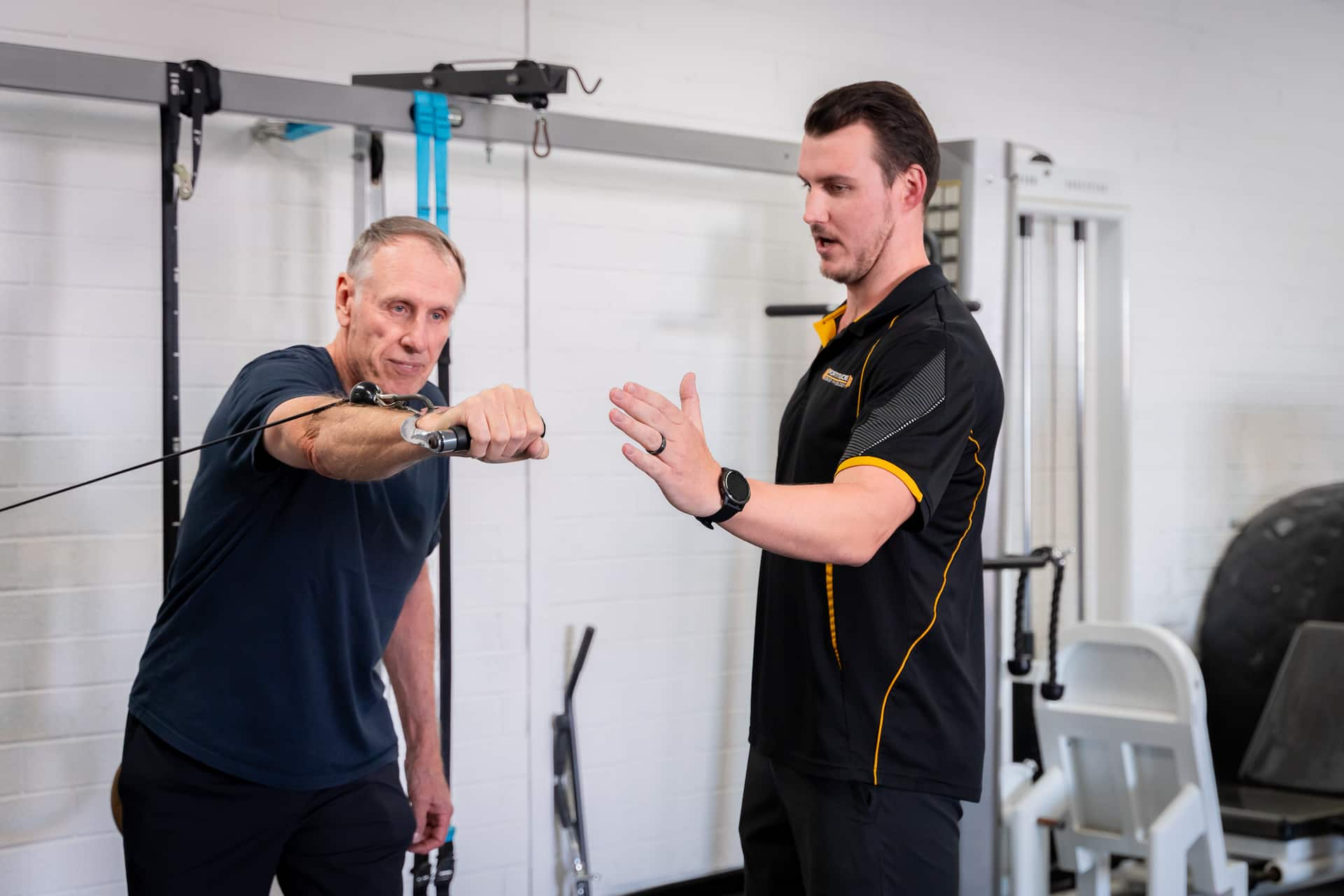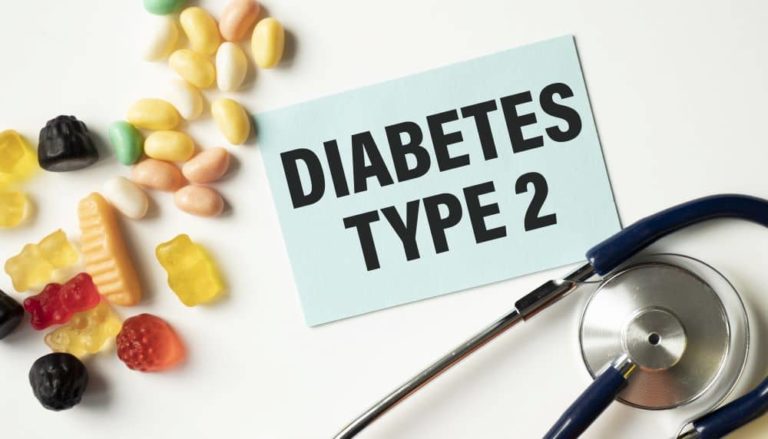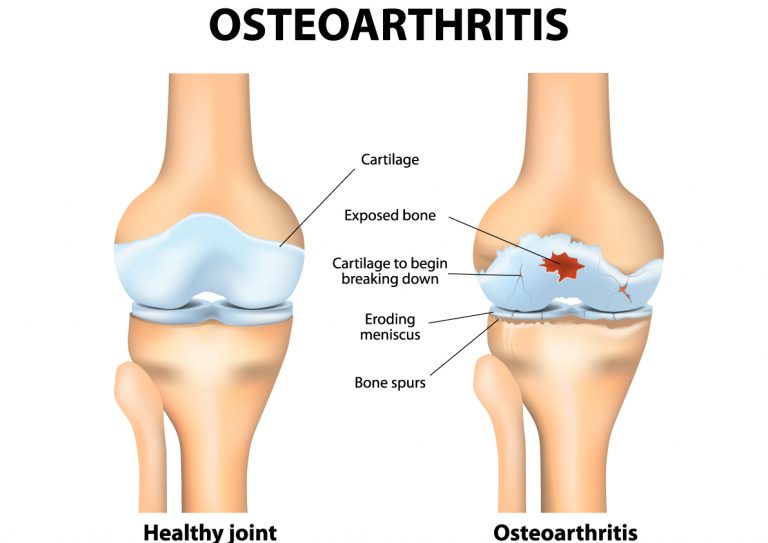
A prostate cancer diagnosis can bring major changes to your physical health, energy levels, and confidence, but exercise is one of the most effective ways to regain control. Evidence shows that the right kind of exercise can reduce fatigue, preserve muscle mass, support mental wellbeing, and help you recover faster from treatment.
At Fortitude Exercise Physiology, we understand the challenges that come with prostate cancer treatment, from hormone-related fatigue to bone and muscle loss. Our team of accredited exercise physiologists design safe, evidence-based exercise programs tailored to each person’s stage of recovery. Whether you’re rebuilding strength, improving pelvic floor function, or simply trying to feel more energetic again, the right approach can make a lasting difference to your health and quality of life.
Quick Summary
In short:
- Exercise helps reduce fatigue, build strength, and improve recovery.
- Both aerobic (cardio) and resistance (strength) training are key.
- Pelvic floor exercises improve urinary control after surgery.
- Flexibility and balance work help mobility and coordination.
- Start gradually and progress at a comfortable pace.
- Aim for 150 minutes of moderate exercise weekly, plus two strength sessions.
- Seek guidance from an exercise physiologist for safe, tailored support.
- Consistency and enjoyment are vital for long-term success.
Why Exercise Matters After Prostate Cancer
Exercise is now recognised as a powerful part of prostate cancer recovery. It doesn’t just help you stay fit — it directly addresses many of the physical and emotional side effects that come with treatment. Regular physical activity can improve your energy, strengthen muscles and bones, reduce anxiety, and restore confidence during and after treatment.
For many men, treatment for prostate cancer involves surgery, radiation, or hormone therapy (and sometimes a combination of all three). Each of these can take a toll on the body, but exercise can help you rebuild what’s lost and maintain the strength to keep doing the things you enjoy.
The Benefits of Exercise During and After Treatment
- Reduces fatigue and boosts energy
Fatigue is one of the most common and frustrating side effects of prostate cancer treatment. Gentle aerobic exercise such as walking or cycling helps improve blood flow and oxygen delivery, reducing tiredness over time. - Preserves muscle and bone strength
Androgen deprivation therapy (ADT) and other treatments can lead to muscle loss and weaker bones. Resistance training helps maintain lean muscle mass and improve bone density, reducing the risk of osteoporosis. - Manages weight and supports metabolism
Hormonal changes often cause fat gain and slower metabolism. Regular strength and cardio exercise help regulate body composition and support healthy weight management. - Improves mental wellbeing
Exercise stimulates endorphins and serotonin — hormones that lift mood, reduce stress, and support better sleep. Staying active can help combat anxiety and depression that often accompany a cancer diagnosis. - Enhances recovery and overall function
Movement keeps your joints flexible, improves balance, and supports faster post-surgical recovery. Even gentle activity can reduce stiffness and restore mobility after long treatment periods. - May lower recurrence risk
Studies suggest that regular physical activity may slow disease progression and reduce the risk of recurrence by supporting overall immune and metabolic health.
The Impact of Treatment on the Body
Understanding how treatment affects your body can help you choose the right exercise approach.
- Surgery (Prostatectomy): Can cause pelvic floor weakness, urinary incontinence, and reduced mobility. Gentle pelvic floor and low-impact exercises aid recovery.
- Radiation Therapy: Often leads to fatigue, skin irritation, and reduced energy levels. Moderate activity helps manage tiredness and maintain muscle tone.
- Hormone Therapy (ADT): Commonly results in muscle and bone loss, increased body fat, and mood changes. Resistance and weight-bearing exercises are essential to counter these effects.
At Fortitude Exercise Physiology, we focus on safe, progressive movement plans that match your treatment phase and recovery goals through our chronic disease management services. By restoring movement, confidence, and control, our programs help men feel stronger, more capable, and better supported throughout their prostate cancer journey.
Best Types of Exercise After Prostate Cancer
No single type of exercise suits everyone after prostate cancer treatment. The best approach combines different forms of movement to rebuild strength, protect bone and joint health, and improve cardiovascular fitness. A balanced program also helps manage urinary control, enhance coordination, and maintain flexibility as your body recovers.
At Fortitude Exercise Physiology, we tailor exercise programs to your needs, ensuring each session supports your physical condition, treatment phase, and confidence level. Below are the key exercise types proven to help men after a prostate cancer diagnosis.
Aerobic (Cardio) Exercise
Examples: brisk walking, swimming, cycling, or light jogging.
Aerobic exercise strengthens your heart and lungs, boosts energy, and helps control body weight — all while reducing treatment-related fatigue. It also improves circulation and supports better sleep and mental wellbeing.
- Aim for 150 minutes of moderate activity per week, such as 30 minutes on most days.
- Start slow with shorter bouts of 10–15 minutes and build up gradually.
- Choose low-impact options like walking or cycling if recovering from surgery or experiencing joint pain.
Tip: Walking is often the easiest place to start. It helps re-establish movement habits and improves stamina without overstraining your body.
Resistance (Strength) Training
Examples: body-weight exercises, resistance bands, dumbbells, or gym machines.
Strength training is essential for counteracting muscle and bone loss caused by hormone therapy and reduced activity levels. It helps restore functional strength for everyday tasks and improves overall body composition.
- Aim for two to three sessions per week.
- Include all major muscle groups — legs, back, chest, arms, and core.
- Begin with lighter weights or resistance bands and progress gradually.
- Focus on slow, controlled movements and proper form to prevent injury.
Tip: Combining resistance and aerobic exercise has been shown to deliver the greatest benefits for men recovering from prostate cancer.
Pelvic Floor Exercises
Examples: pelvic floor muscle contractions (“Kegels”) and guided pelvic floor activation.
Pelvic floor training is vital for men recovering from prostate surgery or radiation therapy. It helps restore bladder control, improve urinary continence, and support sexual function.
- Perform short, regular sessions throughout the day.
- Contract the muscles you would use to stop urinating, hold for a few seconds, then relax.
- Repeat 10–15 times per set.
- Avoid holding your breath or tightening your abdomen during contractions.
Tip: For best results, these exercises should be prescribed and reviewed by an exercise physiologist or pelvic health specialist.
Flexibility and Balance Training
Examples: stretching, yoga, Pilates, balance drills (heel raises, single-leg stands).
These exercises enhance mobility, prevent stiffness, and reduce fall risk — particularly helpful for men with reduced bone density or neuropathy. Our injury rehabilitation programs incorporate flexibility and balance training to restore safe movement and joint function.
- Include stretching for your major muscle groups after each session.
- Gentle mobility work can be done daily to maintain range of motion.
- Balance exercises strengthen stabilising muscles, improving posture and coordination.
Tip: Flexibility training also helps manage joint discomfort and supports recovery between strength sessions.
How Much Exercise Is Recommended?
There’s no single formula that works for everyone, but clear evidence supports a few simple goals.
Aim for at least 150 minutes of moderate-intensity exercise each week — such as brisk walking, swimming, or cycling — plus two strength-training sessions that target major muscle groups. If you’re already active, you can work toward 300 minutes weekly for greater benefits.
If you’ve been less active or are recovering from surgery, start small. Ten-minute sessions several times a day can be just as effective early on. Over time, gradually increase your duration and intensity as your strength and endurance improve.
Remember, consistency matters more than intensity. Building a sustainable routine helps you recover safely and maintain long-term benefits without overexertion.
Tailoring Exercise to Your Health and Treatment
Every prostate cancer journey is different. Your exercise plan should reflect where you are in treatment and how your body feels.
Managing Fatigue and Energy
Treatment-related fatigue is common, but exercise can actually reduce it. Our insights on the effect of exercise on chronic pain also explain how movement supports energy and resilience in recovery. On lower-energy days, opt for lighter activity such as stretching or a short walk rather than skipping exercise altogether. Gentle movement helps circulation, mood, and recovery.
Protecting Bone Health
If you’re receiving androgen deprivation therapy or have bone metastases, you may be at greater risk of fractures. Avoid high-impact or twisting movements and focus on low-impact strength training and balance exercises that safely build stability. For further reading, see our osteoporosis fact sheet for tips on maintaining bone density through exercise.
Considering Heart and Joint Health
Some cancer treatments can affect heart function or joint mobility. Always consult your doctor and exercise physiologist before starting or progressing your program. Monitoring heart rate and maintaining proper form ensures you train safely.
At Fortitude Exercise Physiology, we assess your health status, treatment phase, and goals before building your plan. Our supervision ensures you progress confidently while minimising risk.
Taking the Next Step in Your Recovery
Exercise is one of the most powerful tools available to men after a prostate cancer diagnosis. It restores physical strength, supports emotional wellbeing, and helps reduce the long-term effects of treatment. Whether you’re just beginning recovery or rebuilding fitness, structured movement is an essential part of taking control of your health.
A balanced program that combines aerobic, strength, flexibility, and pelvic floor exercises delivers the best results. Regular physical activity helps you feel stronger, more energetic, and better equipped to enjoy daily life again.
If you’re ready to start, book a consultation today with Fortitude Exercise Physiology. Our accredited team designs tailored, evidence-based exercise programs that support your recovery safely and effectively — helping you rebuild your strength, confidence, and quality of life.





